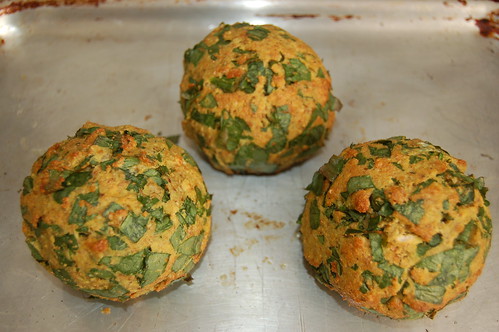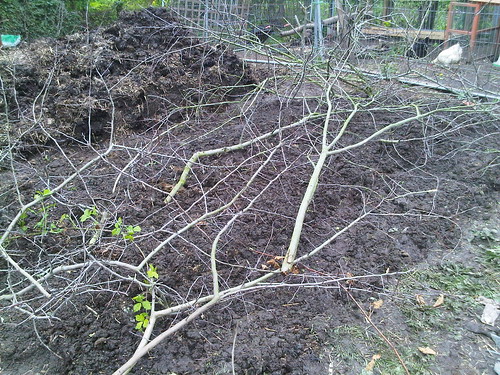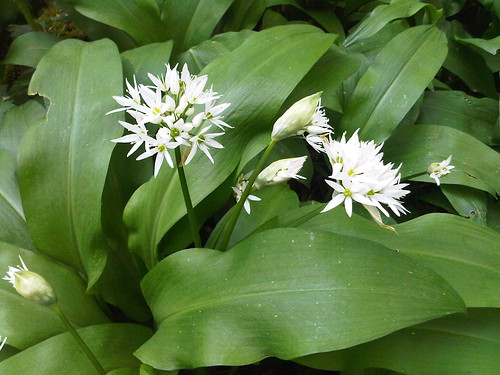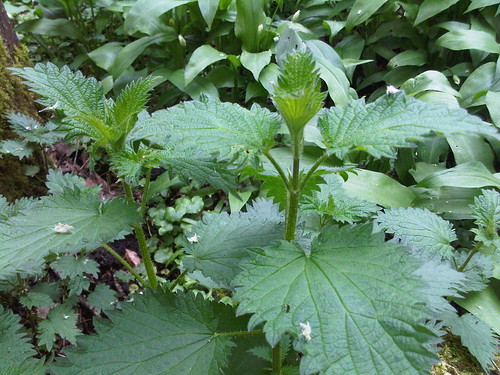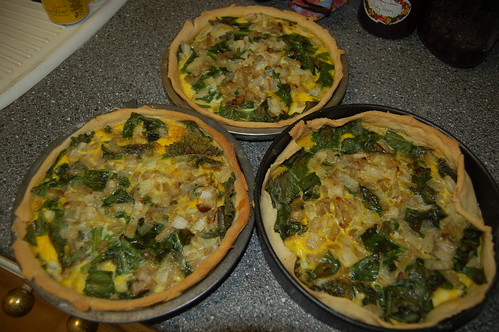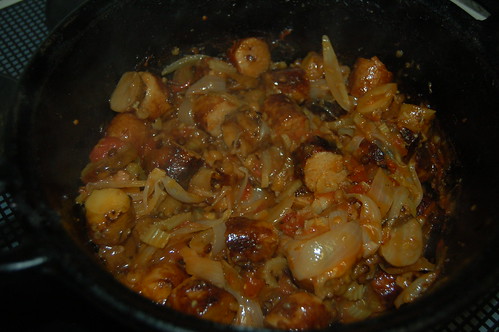Well, it's official. We have had the wettest April since records began in 1910. It follows the driest March since goodness knows when. We have been a bit luckier than other parts of the UK. Up here in the North East it has been misty today. We had a little bit of drizzle but generally we seem to have avoided the torrential downpours that have hit the south. An expert weather forecaster on BBC News 24 put the heavy rain down to the Jet Stream moving south. I seem to recall this was the explanation for the wet summer in 2007. I remember one afternoon in June that year when I was in Sedgefield in Co Durham and the skies opened up and dumped a month's worth of rain in an hour. I managed to write off a video camera in that downpour.
I have never seen the excessive rain of that year as an explanation for the disastrous collapse in the number of bees but the two events did coincide. The bees don't like the rain and won't go foraging when its wet. So I am concerned about our hives and whether there will be sufficient honey. It's also too wet and cold to open the hives to check them. We have had advisory emails from the Beekeepers Assn to say that we may have to consider feeding the bees to ensure they don't starve.
The allotment continues to be soggy. The chicken run continues to be a mud bath so I simply let the hens out to roam about the allotment. The corner of the allotment where we are planning to locate a new bed is too wet to do anything with other than to plant it out with crops that like wet conditions. Any suggestions anyone?
At least the newts in the pond seem to be flourishing in our soggy garden.
